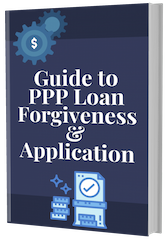If you wish to leave a charitable legacy while still generating income during your lifetime, a charitable remainder trust, or CRT, could be a viable solution. In addition to an income stream, CRTs offer an up-front charitable income tax deduction, as well as a vehicle for disposing of appreciated assets without immediate taxation on the […]
Fairfield
- 165 Passaic Avenue, Suite 411, Fairfield, NJ 07004
- Monday-Friday 9am - 5:30pm
- 973-439-7200
- 331 Newman Springs Road, Suite 145 Red Bank, NJ 07701
- Monday-Friday 9am - 5:30pm
- 732-933-9300
- 14155 U.S. Highway One, Suite 200 Juno Beach, FL 33408
- Monday-Friday 9am - 5:30pm
- 561-747-1040
- 900 Highway 71, Suite 4, Spring Lake Heights, NJ 07762
- Monday-Friday 9am - 5:30pm
- 732- 974-2200

